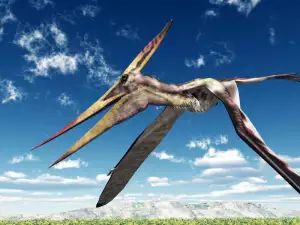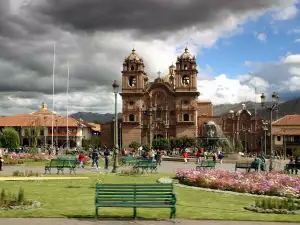A group of men who were celebrating their friend's bachelor party accidentally happened upon the skull of a stegomastodon during the party in Albuquerque, USA.
The men explained that while they were partying, they noticed a strange bone sticking up out of the ground and once they began digging around it, it turned out to be an entire set of tusks.
The friends continued digging around the unexpected find until they discovered the remains of an ancient gigantic elephant - a stegomastodon.
The area was inspected by paleontologist Gary Morgan, who works at the New Mexico Museum of Natural History and Science. The paleontologist arrived shortly after he was informed about the discovery.
Morgan stated that the men from Albuquerque had come upon the remains of a stegomastodon - an elephant-like prehistoric mammal that inhabited North America about 3 million years ago.
"This mastodon wandered about the Rio Grande valley 3 million years ago, " explained the paleontologist.

The men who discovered the prehistoric elephant announced that they felt truly lucky after managing to come across such a rare find.
Not long ago, scientists also found exceptionally well-preserved fossilized pterosaur eggs, 120 million years old, in China.
The eggs can reveal the way of life and gender differences of the flying reptiles to scientists.
The 4 eggs were unearthed by Chinese paleontologists, with the same area also containing the remains of over 40 adult animals of an unfamiliar species, once living by the large freshwater lake.
"This is without a doubt the most important pterosaur find so far, " proclaimed paleontologist Zhong Zhou from the Institute of Paleontology and Paleoanthropology at the Chinese Academy of Sciences.
The discovered eggs are flexible, with the thin inner layer being covered by a thick membrane. Because of this feature, the ancient eggs can be likened to modern eggs of snakes and lizards.
According to the Chinese paleontologists, hundreds of animals like the pterosaurs were once living at the location of the find and formed large colonies, burying their eggs in wet sand to keep them from drying up.










